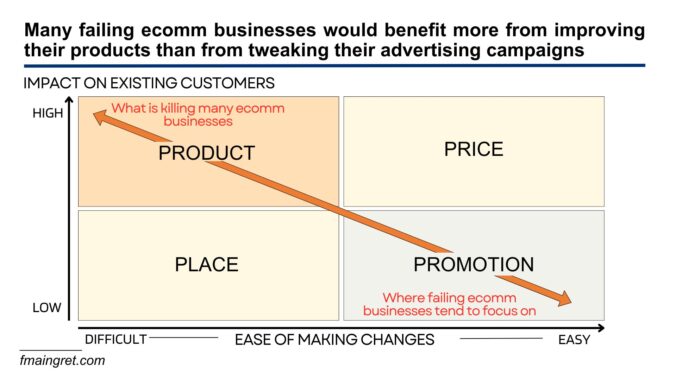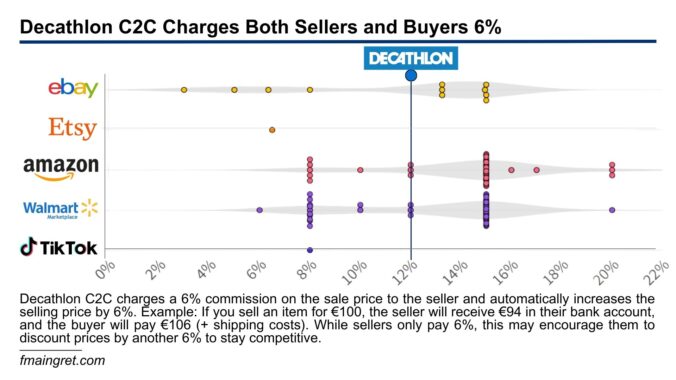You’ve probably heard of the “Four Ps of Marketing.” If not, the 4Ps—Product, Price, Place, and Promotion—are the key elements that help businesses strategize how to develop, price, distribute, and promote their offers effectively.
If a company was a house, Price and Place would be how much the house is worth and where it is located—very important elements that are frequently discussed. Promotion would be the fancy cabinets and the fresh coat of paint on the kitchen walls. There are millions of blogs, YouTube channels, and TV shows about home decor, and many homeowners think their house will double in value if they put a fresh coat of beige paint on the walls. Finally, Product is the house itself: the walls, foundations, plumbing, insulation. It is not the “sexy” part of the building, something people even avoid discussing sometimes, but a house with structural issues will be a lot less attractive to buyers.
Continue reading





